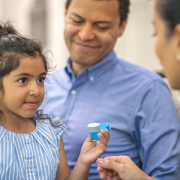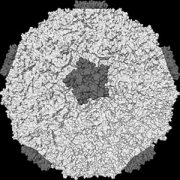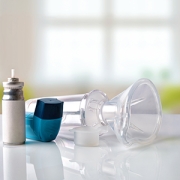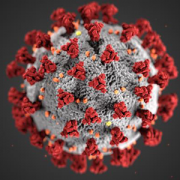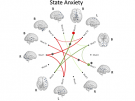New guidelines advance treatment approach for children with asthma

Patients with asthma will benefit from new recommendations from a team of national asthma experts.
Patients with asthma will benefit from new recommendations from a team of national asthma experts that includes Stephen Teach, M.D., M.P.H., director and principal investigator of the IMPACT DC Asthma Clinic at Children’s National Hospital. The new guidance, published in the Journal of Allergy and Clinical Immunology, represents the first update to federal comprehensive asthma management and treatment guidelines in more than a decade.
The new recommendations are based on systematic reviews conducted by the Agency for Healthcare Research and Quality, input from National Asthma Education Prevention Program participant organizations and a 19-member expert panel consisting of medical experts and the public.
“The updated guidelines touch on several management issues of critical importance to children, families, and clinicians struggling with the most common chronic disease of childhood,” says Dr. Teach. “Being a part of this expert panel allowed me to advocate for the unique needs of pediatric patients, especially those from under-resourced environments.”
The focused updates provide new guidance for six areas:
- Using inhaled corticosteroids when needed for recurrent wheezing or persistent asthma.
- Using long-acting antimuscarinic antagonists (LAMAs) with inhaled corticosteroids for long-term asthma management. A LAMA is a bronchodilator, a medicine that helps to keep airway muscles relaxed.
- Using allergy shots that contain very small amounts of allergen to treat some people with allergic asthma.
- Using one or more methods to reduce exposure to indoor asthma triggers.
- Using a fractional exhaled nitric oxide test to help manage asthma or help confirm a diagnosis in some patients when the diagnosis is unclear. This test involves breathing into a tube connected to a machine that measures the amount of nitric oxide, which can increase when there is airway inflammation.
- Using bronchial thermoplasty to treat selected adults with persistent asthma. During this procedure heat is used to reduce the muscle around the airways.
“The new and updated recommendations help to better control asthma in children and adolescents through the use of existing medicines, allergy shots and control of environmental triggers,” says Dr. Teach. “Taken together, application of these guidelines will significantly improve care and outcomes for kids of all ages.”



